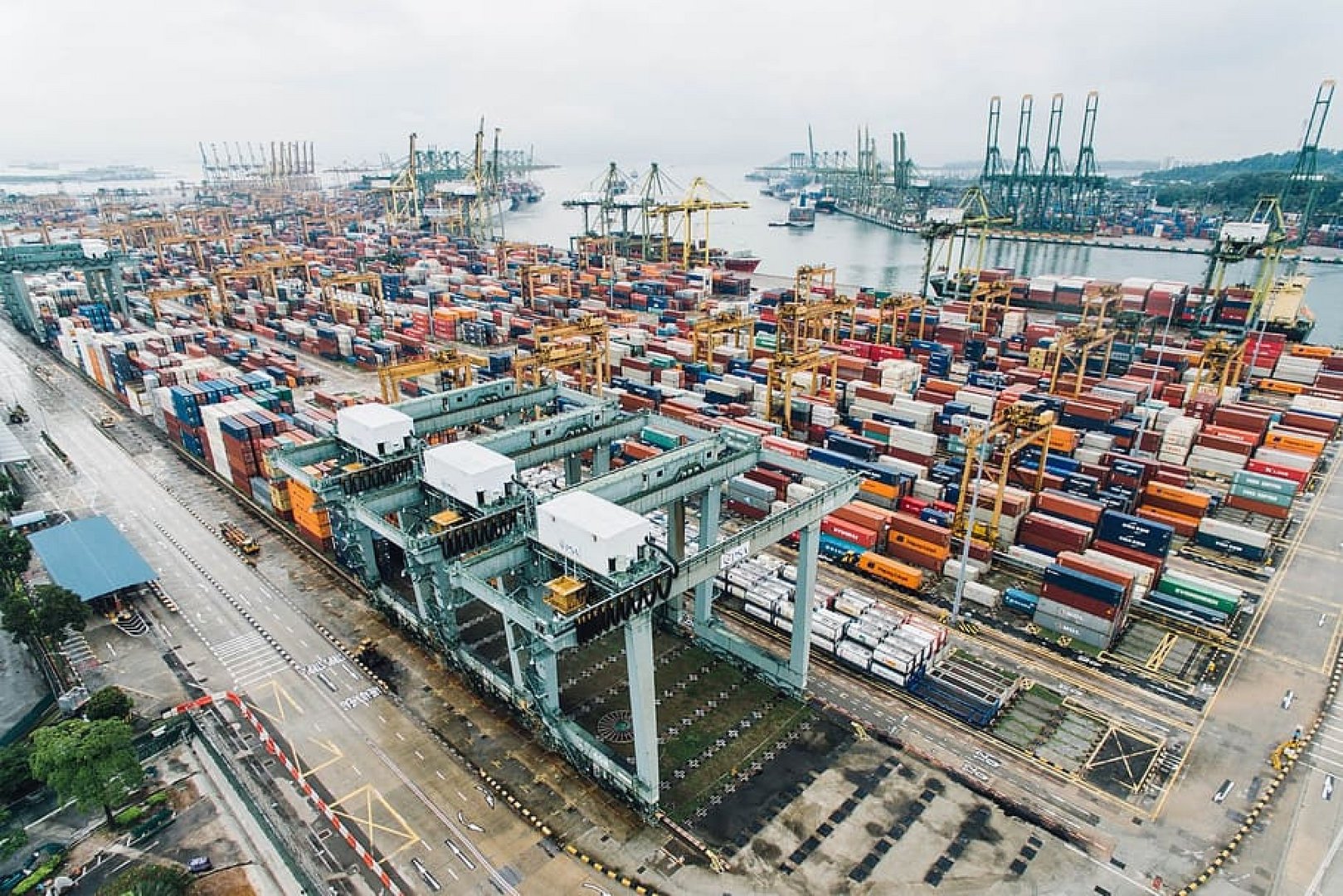2021 will be the first year in the history of container shipping when carrier profits approach $100 billion and average freight rates jump by 50 per cent, according to the latest edition of Drewry’s Container Forecaster.
“The market truly is crazy right now,” the report points out. “Even if carriers do revert to type and the current newbuild craze ends the upcycle in 2023, they will have made so much money between 2020-22 that they will be set up for years to come. They could potentially make as much profit in this window as they could have hoped in a decade, or more,” the report says.
“Outlooks for freight rates and carrier profits this year are significantly inflated,” according to the report.
“The extreme increases in freight rates have naturally translated into blockbusting carrier profits. Carriers posted a record EBIT result in the first quarter of 2021 of $27.1 billion, up from what now looks a miniscule $1.6 billion in same period one year ago. So impressive are the latest quarterly results, they even eclipsed the full-year 2020 EBIT of $25.4 billion,” the report says.
“We are now getting accustomed to seeing triple-digit annual growth rates for spot rates on most lanes.
“The big change to our forecasts comes from our freight rate and profitability outlooks. Box shipping rates reached new highs in the second quarter of 2021 as spot rates continued to surge and contract pricing followed suit. At the moment it is hard to predict when prices will peak as worsening supply-chain disruption continues to stoke pricing on a weekly basis.”
Average freight rates (spot and contract) across global trades are expected to rise by around 50 per cent in 2021, an uplift of as much as 30 per cent on Drewry’s March forecast, indicative of the acceleration in pricing seen already through the first half of this year.
“Volumes are expected to continue to rise through the third quarter 2021 peak season and to end the year with annual growth of approximately 10 per cent. There will still be growth next year, but probably only about half as strong as consumer spending is expected to move back towards services as Covid-related restrictions are lifted,” the report shows.
“The containership fleet is not growing fast enough to meet insatiable demand right now. A scarcity of open charter fixtures means that some lines are scouring the second-hand market for expensive new assets to add to the pile, but others can only supplement with newbuild deliveries, or are simply having to make do with what they have.”
Appetite for new tonnage has accelerated since the second half of the previous year, and in less than six full months this year’s contracting activity is already close to the record 2.7 million teu placed in 2007,” the report says.
Drewry maintains the view that high levels of newbuild contracting for 2023 pose a risk of overcapacity returning to the market during that year, but future supply requirements are heavily clouded by new environment regulations due to become law at the start of 2023, that may or may not see significant chunks of the containership fleet slowdown in order to comply.
Cautious newbuild contracting of recent years means that we expect the cellular fleet to only increase by 4.2 per cent this year and 2.8 per cent in 2022, in both cases significantly below that of world port throughput projections.
Regrettably, Drewry is less optimistic about a solution being found to fix the supply chain disruption and thinks the market is facing medium-term (or extended) under-supply. Events at the South China port of Yantian (a Covid-19 outbreak in May hobbled operations for nearly a month, with knock-on congestion at nearby ports in Asia), and earlier in the Suez Canal, demonstrate just how fragile the container shipping eco-system is and how challenging it is to try and build in more resilience.
Supply side disruption has become the key driver of freight rates and remains the top sensitivity to our forecasts. Drewry now thinks lower port productivity will continue into 2022.
Subsequently, Drewry expects the Global supply-demand index to average 105.7 in 2021, up 0.9 points on our previous assessment. Any reading above 100 indicates tightness of supply in the market.






Click here to change your cookie preferences